4-羟基丁酸钠盐,4-Hydroxybutanoic Acid Sodium Salt in Methanol,1000μg/mL,溶剂:甲醇
产品编号:西域质检-93105b| CAS NO:502-85-2| 分子式:C4H7O3·Na| 分子量:126.09
本网站销售的所有产品仅用于工业应用或者科学研究等非医疗目的,不可用于人类或动物的临床诊断或者治疗,非药用,非食用,
4-羟基丁酸钠盐
This certificate is designed in accordance with ISO 17034 and ISO Guide 31. This reference material (RM) was designed,produced and verified in accordance with ISO/IEC 17025, ISO 17034 and a registered quality management system ISO 9001.
冷藏(2~8)℃,置于阴凉处

| QC Test Results | ||||
| Item | Test Results | |||
| Analysis method(分析方法) | / | |||
| Concentration(浓度) | 1000μg/mL | |||
| Relative Expanded Uncertainty(k=2)(相对扩展不确定度) | 2% | |||
| Expiry Date(失效日期) | 2028-May-30 | |||
The certified value(s) and uncertainty(ies) are determined in accordance with ISO 17034 with an 95% confidence level (k=2). Uncertainty is based on the Total Combined Uncertainty, including uncertainties of preparation, purity of neat materials, homogeneity, stability testing.
The balances used for gravimetric measurements are calibrated with weights traceable to the national standards. The calibration of the balances is verified annually by an external accredited calibration service. This analysis method has been verified using an approach consistent with ISO 17034:2016 & ISO 17025:2017.
| CERTIFICATE ON | QC SIGNATURE | |
| - |  | RM Release |
相关文档
化学品安全说明书(MSDS)
下载MSDS质检证书(COA)
相关产品
| 符号 |
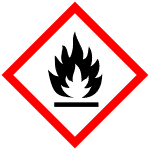
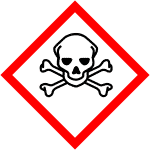
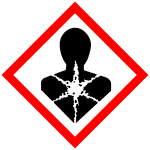
GHS02, GHS06, GHS08 |
|---|---|
| 信号词 | Danger |
| 危害声明 | H225-H301 + H311 + H331-H370 |
| 警示性声明 | P210-P260-P280-P301 + P310-P311 |
| 危害码 (欧洲) | F,T |
| 风险声明 (欧洲) | 11-23/24/25-39/23/24/25 |
| 安全声明 (欧洲) | S24/25 |
| 危险品运输编码 | UN1230 - class 3 - PG 2 - Methanol, solution |
| WGK德国 | 2 |
| RTECS号 | ET4750000 |
| 海关编码 | 2918199090 |
Synonym:Sodium Oxybat Section 2 - COMPOSITION, INFORMATION ON INGREDIENTS
Risk Phrases: None Listed. Section 3 - HAZARDS IDENTIFICATION EMERGENCY OVERVIEW
Not available. Potential Health Effects Eye: No information regarding eye irritation and other potential effects was found. Skin: No information regarding skin irritation and other potential effects was found. Ingestion: Ingestion of large amounts may cause gastrointestinal irritation. Inhalation: Inhalation of dust may cause respiratory tract irritation. Chronic: Not available. Section 4 - FIRST AID MEASURES Eyes: Flush eyes with plenty of water for at least 15 minutes, occasionally lifting the upper and lower eyelids. Get medical aid immediately. Skin: Get medical aid immediately. Flush skin with plenty of water for at least 15 minutes while removing contaminated clothing and shoes. Ingestion: If victim is conscious and alert, give 2-4 cupfuls of milk or water. Never give anything by mouth to an unconscious person. Get medical aid immediately. Inhalation: Get medical aid immediately. Remove from exposure and move to fresh air immediately. If not breathing, give artificial respiration. If breathing is difficult, give oxygen. Notes to Physician: Section 5 - FIRE FIGHTING MEASURES General Information: As in any fire, wear a self-contained breathing apparatus in pressure-demand, MSHA/NIOSH (approved or equivalent), and full protective gear. Extinguishing Media: Use water fog, dry chemical, carbon dioxide, or regular foam. Section 6 - ACCIDENTAL RELEASE MEASURES General Information: Use proper personal protective equipment as indicated in Section 8. Spills/Leaks: Sweep up or absorb material, then place into a suitable clean, dry, closed container for disposal. Section 7 - HANDLING and STORAGE Handling: Wash thoroughly after handling. Use only in a well-ventilated area. Avoid contact with eyes, skin, and clothing. Avoid ingestion and inhalation. Storage: Store in a cool, dry place. Keep container closed when not in use. Section 8 - EXPOSURE CONTROLS, PERSONAL PROTECTION Engineering Controls: Use adequate ventilation to keep airborne concentrations low. Exposure Limits CAS# 502-85-2: Personal Protective Equipment Eyes: Wear appropriate protective eyeglasses or chemical safety goggles as described by OSHA's eye and face protection regulations in 29 CFR 1910.133 or European Standard EN166. Skin: Wear appropriate protective gloves to prevent skin exposure. Clothing: Wear appropriate protective clothing to prevent skin exposure. Respirators: Follow the OSHA respirator regulations found in 29 CFR 1910.134 or European Standard EN 149. Use a NIOSH/MSHA or European Standard EN 149 approved respirator if exposure limits are exceeded or if irritation or other symptoms are experienced. Section 9 - PHYSICAL AND CHEMICAL PROPERTIES Physical State: Powder Color: white to off-white Odor: None reported. pH: Not available. Vapor Pressure: Not available. Viscosity: Not available. Boiling Point: @ 760.00mm Hg Freezing/Melting Point: 144 - 148 deg C Autoignition Temperature: Not available. Flash Point: Not available. Explosion Limits, lower: Not available. Explosion Limits, upper: Not available. Decomposition Temperature: Solubility in water: soluble Specific Gravity/Density: Molecular Formula: C4H7O3Na Molecular Weight: 126.09 Section 10 - STABILITY AND REACTIVITY Chemical Stability: Stable under normal temperatures and pressures. Conditions to Avoid: Not available. Incompatibilities with Other Materials: Strong oxidizing agents. Hazardous Decomposition Products: Carbon monoxide, carbon dioxide, sodium oxide. Hazardous Polymerization: Has not been reported. Section 11 - TOXICOLOGICAL INFORMATION RTECS#: CAS# 502-85-2: ET4750000 LD50/LC50: CAS# 502-85-2: Oral, mouse: LD50 = 4250 mg/kg; Oral, rat: LD50 = 9690 mg/kg. Carcinogenicity: 4-Hydroxybutyric Acid, Sodium Salt - Not listed by ACGIH, IARC, or NTP. Other: See actual entry in RTECS for complete information. Section 12 - ECOLOGICAL INFORMATION Section 13 - DISPOSAL CONSIDERATIONS Dispose of in a manner consistent with federal, state, and local regulations. Section 14 - TRANSPORT INFORMATION IATA Not regulated as a hazardous material. IMO Not regulated as a hazardous material. RID/ADR Not regulated as a hazardous material. Section 15 - REGULATORY INFORMATION European/International Regulations European Labeling in Accordance with EC Directives Hazard Symbols: Not available. Risk Phrases: Safety Phrases: S 24/25 Avoid contact with skin and eyes. WGK (Water Danger/Protection) CAS# 502-85-2: No information available. Canada CAS# 502-85-2 is listed on Canada's NDSL List. CAS# 502-85-2 is not listed on Canada's Ingredient Disclosure List. US FEDERAL TSCA CAS# 502-85-2 is listed on the TSCA inventory. SECTION 16 - ADDITIONAL INFORMATION N/A |
|
~93% 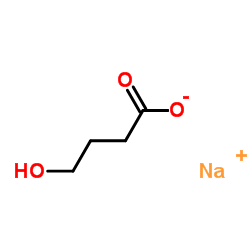
502-85-2 |
| 文献:Organic and Biomolecular Chemistry, , vol. 10, # 47 p. 9418 - 9428 |
|
~% 
502-85-2 |
| 文献:Journal of the American Chemical Society, , vol. 52, p. 3702 |
| 上游产品 2 | |
|---|---|
| 下游产品 7 | |

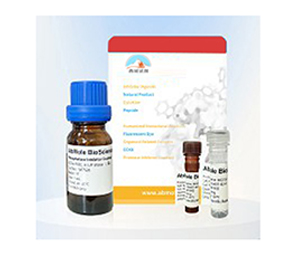
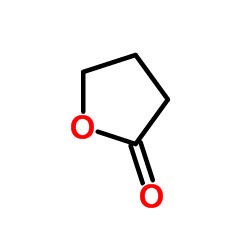
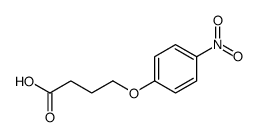
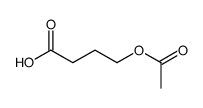


![4-[bis(4-methoxyphenyl)-phenylmethoxy]butanoic acid结构式](/20230522/150907-74-7.png)
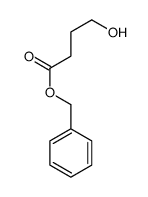
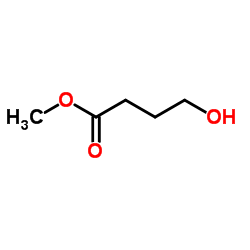





 浙公网安备 33010802013016号
浙公网安备 33010802013016号